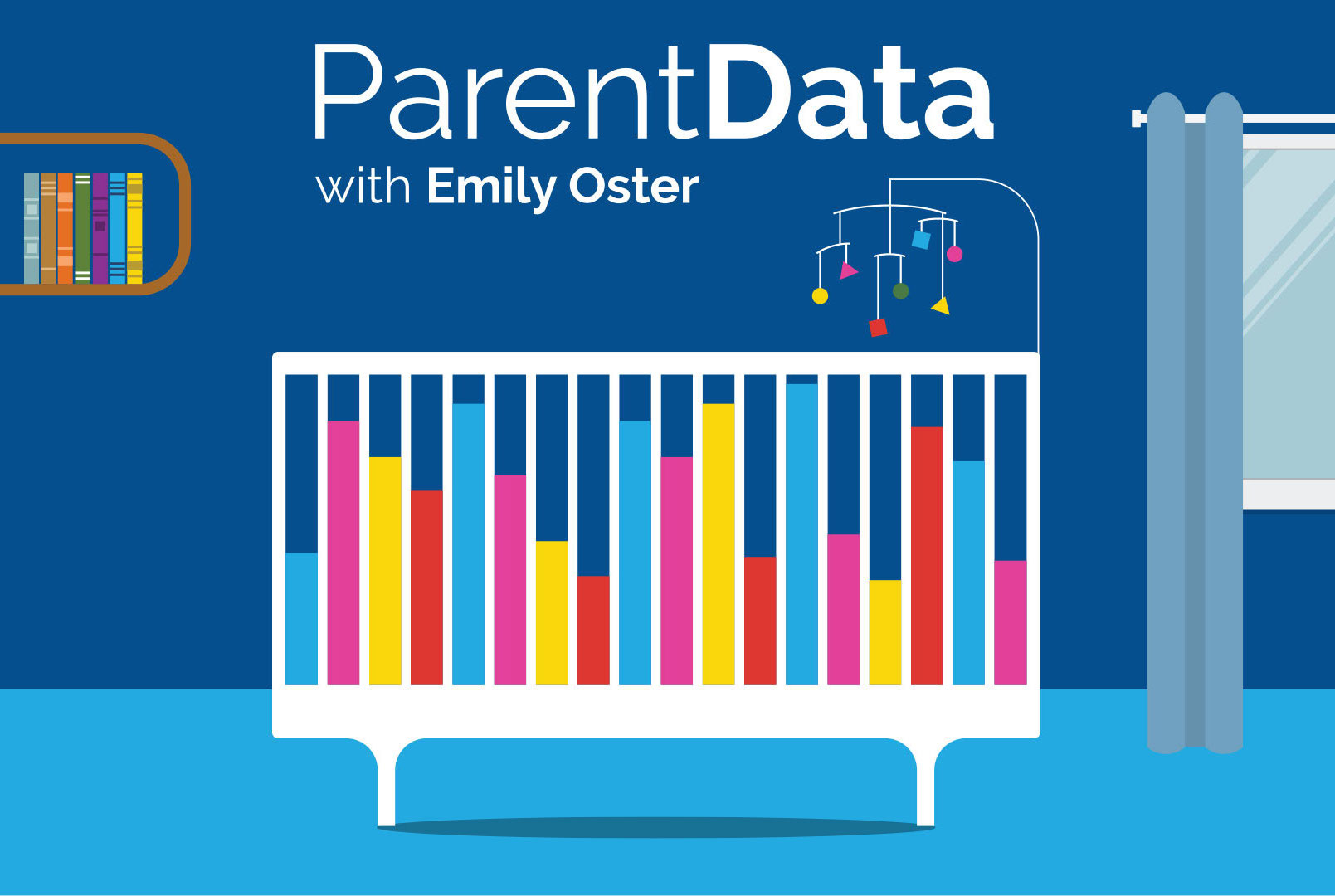A few years ago, I was reading Jancee Dunn’s How Not to Hate Your Husband After Kids in bed when my husband came in. He saw the title of the book and raised his eyebrows in concern. I winked and said, “Don’t worry, it’s for work.”
As both a clinical psychologist specializing in relationships and a parent, I love this book. I firmly subscribe to its humor, clinical wisdom, science, and validating message that relationships often take a baby-shaped hit when partners become parents. These are messages that many people need to hear, including the couples who come see me in my private practice for issues like problematic inequalities in child care and running the home, excessive conflict, lack of intimacy, co-parenting differences, and more.
But as useful as the message is that it’s completely normal to struggle, there’s also a danger in assuming that hating your partner is part and parcel of becoming co-parents.
To be sure, when couples come to therapy because things have grown rocky during the early years of parenthood, it can be hugely reassuring to hear that a drop in relationship satisfaction is one of the best-documented relationship findings. Meaning, you’re in good company if you find yourself fighting unwinnable 3 a.m. battles with your partner. But some couples panic that having kids unavoidably dooms their relationship (even deciding, as a result, not to have them). For them, this message can lead to a sense of hopelessness and helplessness.
Given the consequences of buying into the idea that you’ll hate your partner after kids, it’s worth noting how statistical averages — like those from studies about relationship satisfaction plummeting after kids — have the potential to be quite misleading.
That’s not to knock averages — I mean, who doesn’t love a good average? They offer simple information about expected patterns. And they let you know if you’re way off track. But averages also come with important drawbacks. For one thing, knowing what tends to happen in general doesn’t necessarily mean you’ll know much about what will happen in your case in particular. And let’s admit that between personality, culture, biology, resources, communication habits, and more, individuals and relationships will vary pretty widely.
Without totally hating on averages, we can strive to be more careful with them, and look more deeply at data that can tell us about the otherwise hidden variation across families.
Getting beyond average relationship trajectories
Up until the past few years, research on the transition to co-parenting mainly examined differences around “average-change trajectories.” But about a decade ago, a handful of studies began to explore whether distinct patterns were getting masked by grouping married couples together. This effort relies on a statistical approach called latent curve growth analysis (LCGA).
What’s special about LCGA is that it allows us to drop the assumption that all people make the transition into parenthood in the same way. Instead, we can investigate whether unique patterns of change exist. The way LCGA accomplishes this is by grouping people’s data based on patterns of response — those whose response patterns are more similar get grouped together. The idea here is that when data hangs together, it is no accident. Rather, it reflects that individuals share something in common — a “latent,” or underlying, characteristic explaining why these people are similar to each other and different from the others.
There’s a good amount of scientific technique that goes into identifying those latent characteristics that help break people into subgroups. And there’s a bit of art, too. Researchers test models with different numbers of groups (for instance, two groups versus three groups versus four) and look at how well the data fits for each specified model. Then they consider how interpretable the model is. Once they’ve specified the best-fitting and most interpretable model, they analyze how those distinct subgroups change over time on the variable of interest (in this case, marital satisfaction) and investigate what factors predict who belongs to which group.
Findings from these kinds of transition-to-parenthood studies help us see beyond average drops in relationship satisfaction. As Erin Holmes, a professor at Brigham Young University and a researcher who conducted one of the subgrouping studies, told me, these “typological analyses identify distinct groups with varying degrees of stability and change.” In other words: this approach can directly find groups of couples whose relationships do better after children and those who do worse.
As Holmes told me, her study showed that “23% of mothers and 37% of fathers reported that their love for their partner stayed the same or increased across the first two years of parenthood; 20% of mothers and 28% of fathers also reported that their conflict stayed the same or decreased.”
These figures from a 2021 LCGA study of 220 Dutch heterosexual couples who became first-time parents show a similar trend. Measured over four points in time, you can see how one group of couples starts at a higher level of relationship happiness and remains relatively stable in their happiness over time while the other two groups both begin at a lower level of relationship happiness and either drop slightly or significantly during the transition into parenthood. In an optimistic piece of news, the vast majority of moms (69.9%) and dads (62.2%) belonged to the highly stable subgroups.
These figures also help explain why we might see an “average” drop in relationship satisfaction: couples who struggle significantly influence the overall average when we group everyone together.
Predicting relationship happiness
These subgrouping studies also looked at what characteristics and behaviors predicted membership to groups that made the transition more smoothly, versus those that experienced more bumps. For instance, Holmes’s study found that either having an infant who was more easily distressed or reactive or having a relationship that failed to live up to your expectations predicted being a member of the categories that dropped in love or increased in conflict. A 2014 study found that greater perceived support predicted that both mothers and fathers would be less likely to belong to the “steeply declining” subgroup. And the 2021 Dutch study found that affection and nonjudgmental listening, perceived responsiveness, and a willingness to be constructive even when your partner was acting in unconstructive ways predicted belonging to the highly stable subgroup.
As Brian Doss, a professor at the University of Miami and co-author of the marital self-help book Reconcilable Differences, explains, “Couples tend to fall into a few groups, with some couples having a lot of trouble, some couples doing fine, and other couples growing closer together.” That news might on first blush feel discouraging for couples who struggle. But it can also offer valuable insights. Learning about what couples who do well are doing can offer guidance that might increase the chances of ending up as a couple doing well, or even growing closer, after kids.
For instance, here are two general things happier couples do more of:
First, happier couples invest early.
As Holmes explains, “Relationship investments before the baby comes help partners after the baby arrives.” This may seem obvious, but it’s helpful to consider what deliberate actions can be taken. For instance, as Doss suggests, happier couples “have conversations — or even make a written plan — about how they’re going to handle the co-parenting challenges that they’re going to face.” These conversations might cover topics like middle-of-the-night baby care, support for a partner who is breastfeeding, who will take time off from work, and how to make time for dates in the early years. Having a plan before stress and sleep deprivation make your brain foggy can go a long way in those initial days after birth.
Doss conducted a randomized intervention comparing co-parenting and relationship interventions for couples transitioning to parenthood. His findings showed that investing in the relationship was just as helpful as investing in co-parenting. So in addition to co-parenting efforts, consider making early relationship investments. These might include things like deliberate practices of appreciation, affection, sharing fun activities, and apologizing when you’ve hurt your partner.
Second, happier couples stay flexible.
Early conversations help set expectations and offer a loose plan for handling challenges. But as the LCGA studies show, happier couples remain flexible and revisit plans after the baby arrives. They make adjustments depending on the reactions of each partner, the temperament of the infant, and the shifts in how each person might feel about the balance of work and family. They adopt practices of responsiveness and accommodation in the face of the unexpected.
Let me point out that the LCGA studies are, to date, limited to low-risk samples of heterosexual couples. And even in these studies, some marriages really did suffer big hits in the transition to parenthood for a variety of reasons, including an all-important one: mental health. Research shows that childbirth can elicit or exacerbate mental health problems, which has bidirectional effects on relationships — relationship problems can be worsened by mental health problems, and mental health can be worsened by relationship problems. If you notice changes in your or your partner’s moods, seeking support from a provider can help.
But even beyond mental health, if you find yourself hating your partner after kids, there’s no need to feel shame about it. The uncertainty, exhaustion, overwhelm, and the many things you can’t control can be exceedingly tricky to navigate. The best choice for some may, in fact, be to dissolve a relationship that isn’t working and doesn’t seem repairable. But for many unhappy relationships, couples therapy and patience as you wait for your kids to get older really can help. So can remembering you have company in your subgroup.
And as Jancee Dunn told me, it’s also helpful to remember that it’s “not a given that your relationship satisfaction plummets after a child arrives. Satisfaction levels vary quite a bit, and I’ve found this anecdotally from the thousands of people I’ve talked to since my book came out.”
Then there’s the fact that (at least for me) even the toughest moments become more bearable with a hilariously eyebrow-raising book virtually guaranteed to make me laugh and feel less alone.


















Log in